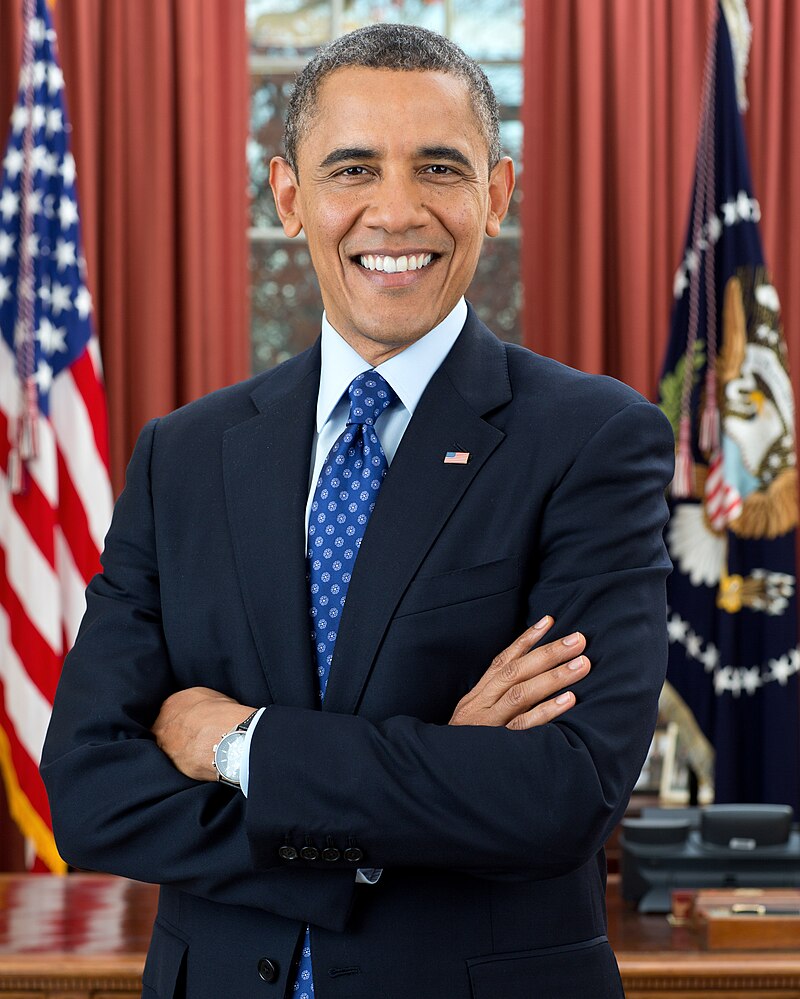Last Updated on February 17, 2025 by Bertrand Clarke
The Obama Presidential Center, a highly anticipated project intended to honor the legacy of former President Barack Obama, is facing increasing scrutiny as it grapples with a complex $40.75 million lawsuit alleging racial discrimination and escalating construction costs. The project, envisioned as a beacon of diversity, equity, and inclusion (DEI), now finds its commitment to these principles tested amidst legal challenges and financial pressures.
From its inception, the Obama Foundation emphasized the importance of DEI in the construction of the center, situated on a 19.3-acre site in Chicago. The project aimed to not only celebrate Obama’s presidency but also to set a new standard for inclusivity in major construction endeavors. Ambitious goals were set for diversifying the workforce and allocating contracts to “diverse suppliers,” with a target of 35% of contracts going to minority-based enterprises (MBEs).
“With these aggressive goals, the foundation is hoping to set a new precedent for diversity and inclusion in major construction projects in Chicago and beyond,” the Obama Foundation stated in a 2017 press release. This commitment was seen as a crucial element in reflecting Obama’s values and creating opportunities for historically underrepresented communities.
However, the project’s journey has been far from smooth. Initial cost estimates of $350 million have ballooned to $830 million by 2021, according to previous annual reports. The rapidly increasing costs have raised concerns about financial management and the overall feasibility of the project, although updated projected costs have not been made publicly available.
More recently, the Obama Presidential Center has been embroiled in a lawsuit filed by Robert McGee, the Black co-owner of II in One Construction, a minority-owned business subcontractor involved in providing concrete and rebar services. The lawsuit alleges that McGee and his firm were subjected to racial discrimination by Thornton Tomasetti, a New York-based company overseeing structural engineering and design services for the project.
McGee claims that Thornton Tomasetti imposed new and discriminatory standards related to rebar spacing and tolerance requirements, differing from the industry-standard guidelines set by the American Concrete Institute. These alleged changes, according to the lawsuit, resulted in massive cost overruns exceeding $40 million for II in One Construction, pushing the firm to the brink of bankruptcy.
While it remains unclear whether the DEI quotas factored into the hiring of II in One as a subcontractor, the firm was part of a joint venture called Concrete Collective, which included another minority firm, Trice Construction Company, and W.E. O’Neil. Together, they formed a 51% minority-led team.
McGee’s lawsuit is based on a memorandum written by Thornton Tomasetti to the project’s leading construction partners, claiming that II in One and its contracting partner were responsible for numerous challenges throughout the project. The memorandum included images of cracked slabs and exposed rebar to support these claims. Thornton Tomasetti stated that it spent countless hours reviewing, analyzing, redesigning, and responding to corrective work and that subcontractors had caused “a multitude of problems in the field.”
The allegations made by both sides paint a picture of a complex and contentious construction environment. McGee claims that the stricter standards were intentionally discriminatory and designed to financially cripple his firm. Thornton Tomasetti, on the other hand, suggests that the issues stemmed from substandard work performed by the subcontractors.
The lawsuit has raised critical questions about the implementation of DEI initiatives in large-scale construction projects and the potential challenges that can arise. While the intention behind DEI is to create opportunities for disadvantaged groups, the reality can be complex, and unintended consequences can occur.
This situation highlights the need for careful oversight, clear communication, and fair treatment of all parties involved in such projects. It also emphasizes the importance of addressing potential issues promptly and effectively to prevent disputes from escalating into costly legal battles.
As the Obama Presidential Center moves forward, it must address the serious allegations raised in the lawsuit and work to ensure that its commitment to DEI is upheld in a fair and equitable manner. The project’s success depends not only on its physical completion but also on its ability to live up to the ideals of inclusivity and opportunity that it was intended to represent.










